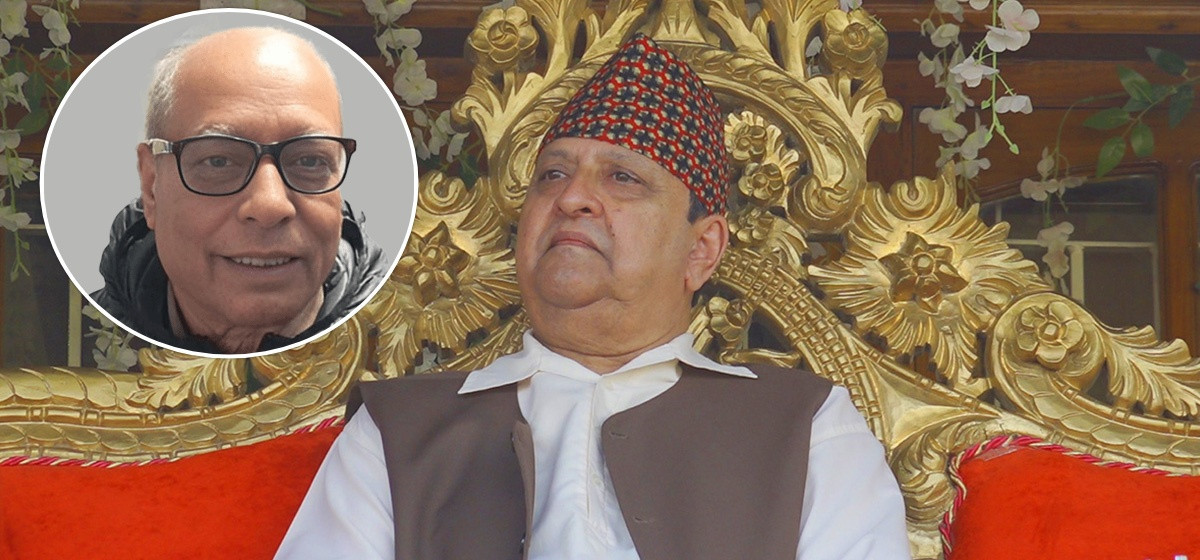KATHMANDU, July 11: The secretariat of former King Gyanendra Shah has agreed to stop using the royal title shree panch in their official documents since Nepal’s laws do not recognize the monarchy or the title.
Earlier on Friday, former King Shah’s communication secretary Phani Raj Pathak was summoned by the District Police Range (DPR), Kathmandu for clarification on the secretariat’s use of the erstwhile title in their official documents citing the lack of recognition of such a title.
Superintendent of Police (SP) Apil Raj Bohara at the DPR told Republica that the secretariat has agreed to redact the title from all official documents and social media posts.
Desperate search for missing girls as nearly 80 dead in Texas f...

Pathak, spokesperson to former King Gyanendra Shah, has been released by police on the condition that he refers to the former monarch’s office as a private secretariat, and not as that of a reigning king. According to SP Bohara, Pathak was sent home Friday along with his family after agreeing to use terminology in line with Nepal’s constitution.
Dr. Pathak was summoned for questioning early Friday morning on charges of violating the constitution. The interrogation followed growing criticism—both publicly and in Parliament—of the royalist language used in statements issued from the former king’s secretariat, including the use of the honorific "Shree Panch Maharajadhiraj", a title previously reserved for reigning monarchs.
Though Nepal was declared a federal democratic republic in 2008, following the People’s Movement of 2006 and a Constituent Assembly decision, former King Gyanendra has continued to issue statements under royal titles and letterheads from his personal office.
Fifteen years after the abolition of the monarchy and the end of the 238-year Shah dynasty’s rule, former King Gyanendra’s continued use of regal language has been widely interpreted as a refusal to accept Nepal’s republican transformation.
Despite vacating Narayanhiti Palace, Gyanendra’s secretariat still uses stationery bearing royal insignia and titles, in direct violation of the Interim Constitution of 2063 and the Constitution of Nepal 2072, both of which formally ended the institution of monarchy.



































